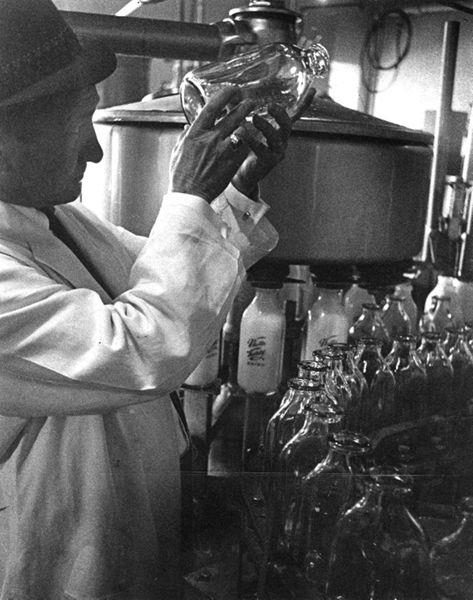Sanitation at local dairies, polio clinics for children, mumps, chicken pox, tuberculosis and Rocky Mountain Spotted Fever dominated the local health scene when the Boulder County Health Department formed 70 years ago.
Today’s Boulder County Health is quietly marking its 70th anniversary by pointing to its evolution of providing comprehensive county-wide health care on a variety of modern-day fronts.
The 2022 health department draws on a staff of 200 to take on a global pandemic, communicable diseases to family health and obesity. The department is also expanding its reach to include those in the county who don’t have reliable access to health care.
“That has been our focus,” Camille Rodriguez, executive director for Boulder County Health said last week. “We are really really emphasizing the sense of health equity. There are certain folks who have challenges, and they don’t have access to primary health care. I would say that under our umbrella is the big issue of addressing health disparities in our community. ”
The 2022 health department includes a family health division with programs to support childhood health, children with special needs and new mothers. The department’s community health division encompasses several efforts to promote health practices among youth including OASOS, or Open and Affirming Gender identity and Sexual Orientation Supports.
Boulder County Health’s environmental efforts have long been aimed at lessening the impact of oil and gas development in the county, Joe Malinowksi, the department’s division manager for environmental health, said last week. Rules passed by the county commissioners on oil and gas operations are part of a long-standing effort to reduce the amount of carbon emissions released into the atmosphere, Malinowksi said.
“We see efforts to meet the challenge of climate change as being on the forefront of what we do here in Boulder County,” Malinowski said. “That and other efforts, I think, make us one of the most progressive health departments in the state.”
Still, COVID-19 exposed long-standing gaps in getting services to underserved groups, Rodriguez said. “The pandemic exacerbated those disparities,” she said.
To close those disparity gaps, health officials drew on the help of trusted individuals and groups in each community to get people tested and vaccinated for COVID-19, Rodriguez said. “We made some strategic decisions to lean on our cultural brokers to support those efforts during the pandemic. We just said that we (Boulder County Public Health) cannot do it all.”
The collaboration with community groups such as El Comite in Longmont appears to have worked, Rodriguez said. At least 56% of Boulder County residents who identify as Hispanic have at least a partial dose of the COVID-19 vaccine, according to Boulder County Public Health.
Statewide, only about 39% of Colorado’s Hispanics have received at least one dose of COVID-19 protection, according to the Colorado Department of Public Health and Environment.
The higher vaccination rate in Boulder County for Hispanics is due to community outreach efforts, Rodriguez said.
“Those community groups and brokers are among the heroes of this pandemic,” Rodriguez said. “They are at the forefront of dealing with these disparities.”
The present day health department emerged in 1952 when Boulder County municipalities in the early 1950s decided to pool their own resources to hire a medical director — Dr. C.O Roberts — to take on the task of monitoring local dairies and the handling of perishable food, according to a history provided by the current health department.
Other potential health threats included preventing rodent and insect infestations by the use of pesticide as well as diseases and treating afflictions largely controlled these days, including polio and tuberculosis.
The first complete staff under Dr. Roberts was finalized on April 22, 1952 and was located in Boulder County General hospital. Besides Dr. Roberts, the staff included five nurses, two sanitarians, a clerk, a milk-tester and a register of births and death, according to the health department. Initially, the city of Boulder paid 40% of Dr. Roberts’s salary and Boulder County paid the other 60%.
The current health department boasts a staff of public and environmental health specialists, a chief medical officer, nurses, epidemiologists, social workers and media relations personnel, Rodriguez said.
Rodriguez, who took over as executive director last June, said the staff come from different professional backgrounds but share a common belief of hard work and dedication toward keeping county residents safe.
A prime example was the COVID-19 pandemic, which drew the energies and expertise of the staff for two years, she said. “They really rolled up their sleeves and did the work,” Rodriguez said. “A lot were taken off their regular jobs to dive into COVID. You couldn’t ask for anything more from them.”



